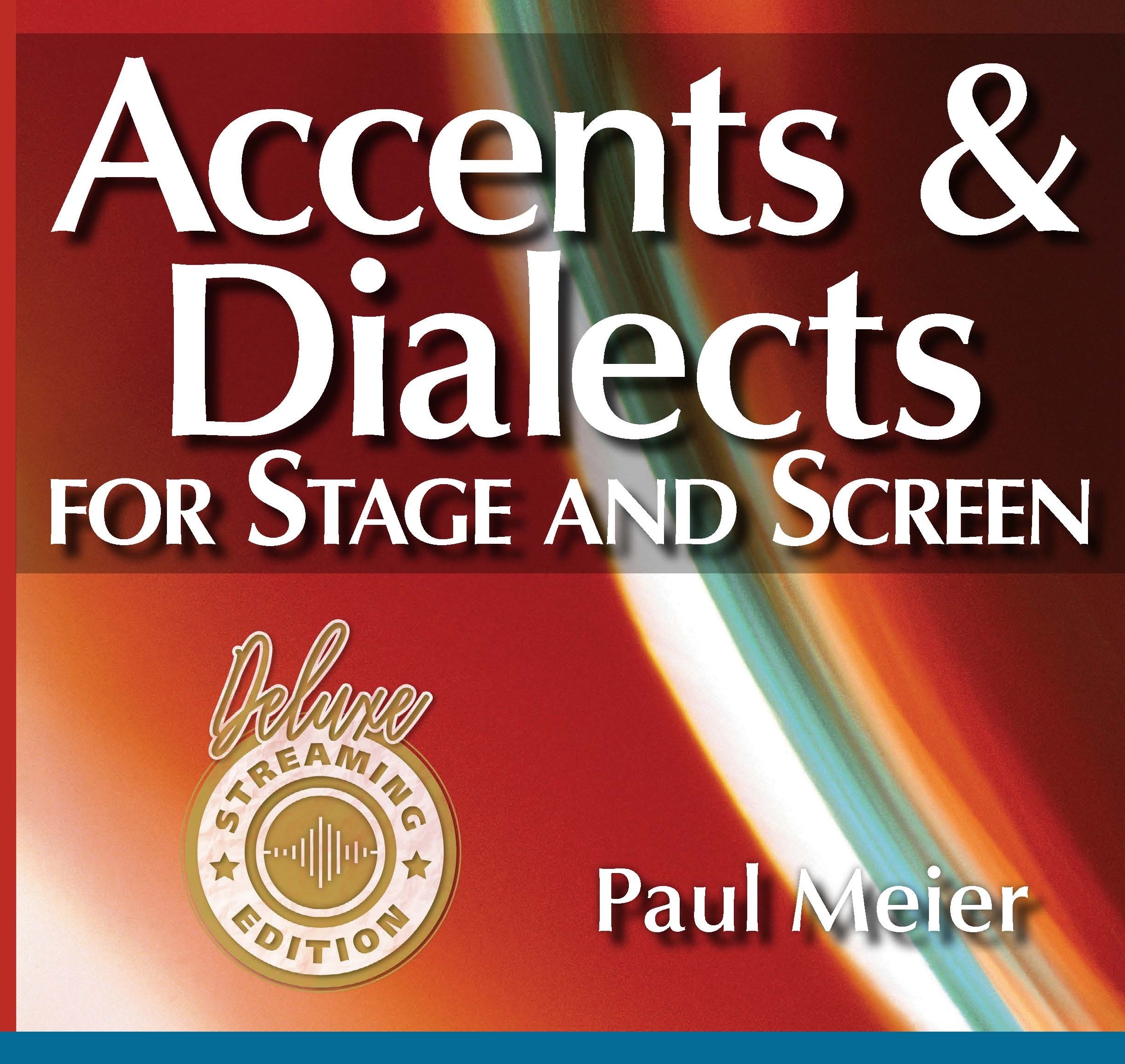Puebla 1
Listen to Puebla 1, a woman from Puebla, Mexico. Click or tap the triangle-shaped play button to hear the subject.
Both as a courtesy and to comply with copyright law, please remember to credit IDEA for direct or indirect use of samples. IDEA is a free resource; please consider supporting us.
BIOGRAPHICAL INFORMATION
AGE: N/A
DATE OF BIRTH (DD/MM/YYYY): N/A
PLACE OF BIRTH: Puebla, State of Puebla, Mexico
GENDER: female
ETHNICITY: Mexican
OCCUPATION: N/A
EDUCATION: N/A
AREA(S) OF RESIDENCE OUTSIDE REPRESENTATIVE REGION FOR LONGER THAN SIX MONTHS:
The subject lived in Bowling Green, Kentucky, in the United States. She has also visited Canada and Europe for an unspecified length of time.
OTHER INFLUENCES ON SPEECH: N/A
The text used in our recordings of scripted speech can be found by clicking here.
RECORDED BY: Mark Ingram
DATE OF RECORDING (DD/MM/YYYY): N/A
PHONETIC TRANSCRIPTION OF SCRIPTED SPEECH: N/A
TRANSCRIBED BY: N/A
DATE OF TRANSCRIPTION (DD/MM/YYYY): N/A
ORTHOGRAPHIC TRANSCRIPTION OF UNSCRIPTED SPEECH:
I have been — I have been in Europe, es-the states ing, and Canada now and when I went to Europe I remember that when they put Mexicans like they always put, um, a guide with a big hat sombrero and cactus around, and it’s like that is not Mexico. Mexico is more than that, you know. So, that is one of the things. And one of the funniest things in, in the States is that people think that they … if you go to a Mexcican restaurant they sell things that you won’t find in Mexico, like chimichangas or fajitas or, or burritos. We don’t eat that. That is a Tex-Mex creation in the States, but it’s not really Mexican. So it’s really funny because I remember my first, um, my first months in the States, one of my directors asked me, “Do you like chimichangas,” and I was like, “What is that?” And he’s like, “You are Mexican.” “Yes, I am Mexican, but I have no idea what these.” [laughs] So, so and then last year, I was living in Kentucky — Bowling Green, Kentucky — and then they have a Mexican restaurant that actually is run by Mexican people, and they have all these dishes that were actually created in the States, so I asked to the server, “Why, why do you sell this if you know that this not Mexican?” And he’s like, “Because they think that is Mexican, and is what they want.” [laughs] So it wa — it’s — it just funny. I think that all those dishes were created in, in the south of the States like Texas and Arizona, New Mexico, all these places. Probably they create all those things that are not really Mexican but is like a mix. Probably with the people that live in the border. But myself I haven’t been in the border ever. So I don’t know the border. But it’s very … as … because I have hear about what people thinks about the border and I know this is a, it’s really bad but that is not Mexico. If you go … I am from the south, I am from Puebla, which is southeast from Mexico City. And I just see that Mexico is so ranged because we have so different climates. Like it’s not just the desert. It’s not. I think that the desert is more a part of the South of the States than Mexico. Monterey is kind of like that, but, but like in the South we have, ah, rain forests and forests, volcanoes, like different weathers and stuff. But we don’t have an, we don’t have a snow [laughs], that’s for sure. But where I am from, it’s very nice weather actually. It’s, it’s dry, it’s not very humid, and, uh, we always are around 22 grades, centigrade. It’s very nice weather most of the year. During the winter, it’s a little bit colder, but this is the winter in Mexico. Like, yah, like it is right now outside, that it is the winter, and it lasts very short.
TRANSCRIBED BY: Rick Lipton and Mark Ingram
DATE OF TRANSCRIPTION (DD/MM/YYYY): 2008
PHONETIC TRANSCRIPTION OF UNSCRIPTED SPEECH: N/A
TRANSCRIBED BY: N/A
DATE OF TRANSCRIPTION (DD/MM/YYYY): N/A
SCHOLARLY COMMENTARY: N/A
COMMENTARY BY: N/A
DATE OF COMMENTARY (DD/MM/YYYY): N/A
The archive provides:
- Recordings of accent/dialect speakers from the region you select.
- Text of the speakers’ biographical details.
- Scholarly commentary and analysis in some cases.
- In most cases, an orthographic transcription of the speakers’ unscripted speech. In a small number of cases, you will also find a narrow phonetic transcription of the sample (see Phonetic Transcriptions for a complete list). The recordings average four minutes in length and feature both the reading of one of two standard passages, and some unscripted speech. The two passages are Comma Gets a Cure (currently our standard passage) and The Rainbow Passage (used in our earliest recordings).
For instructional materials or coaching in the accents and dialects represented here, please go to Other Dialect Services.
 IDEA: International Dialects of English Archive
IDEA: International Dialects of English Archive


